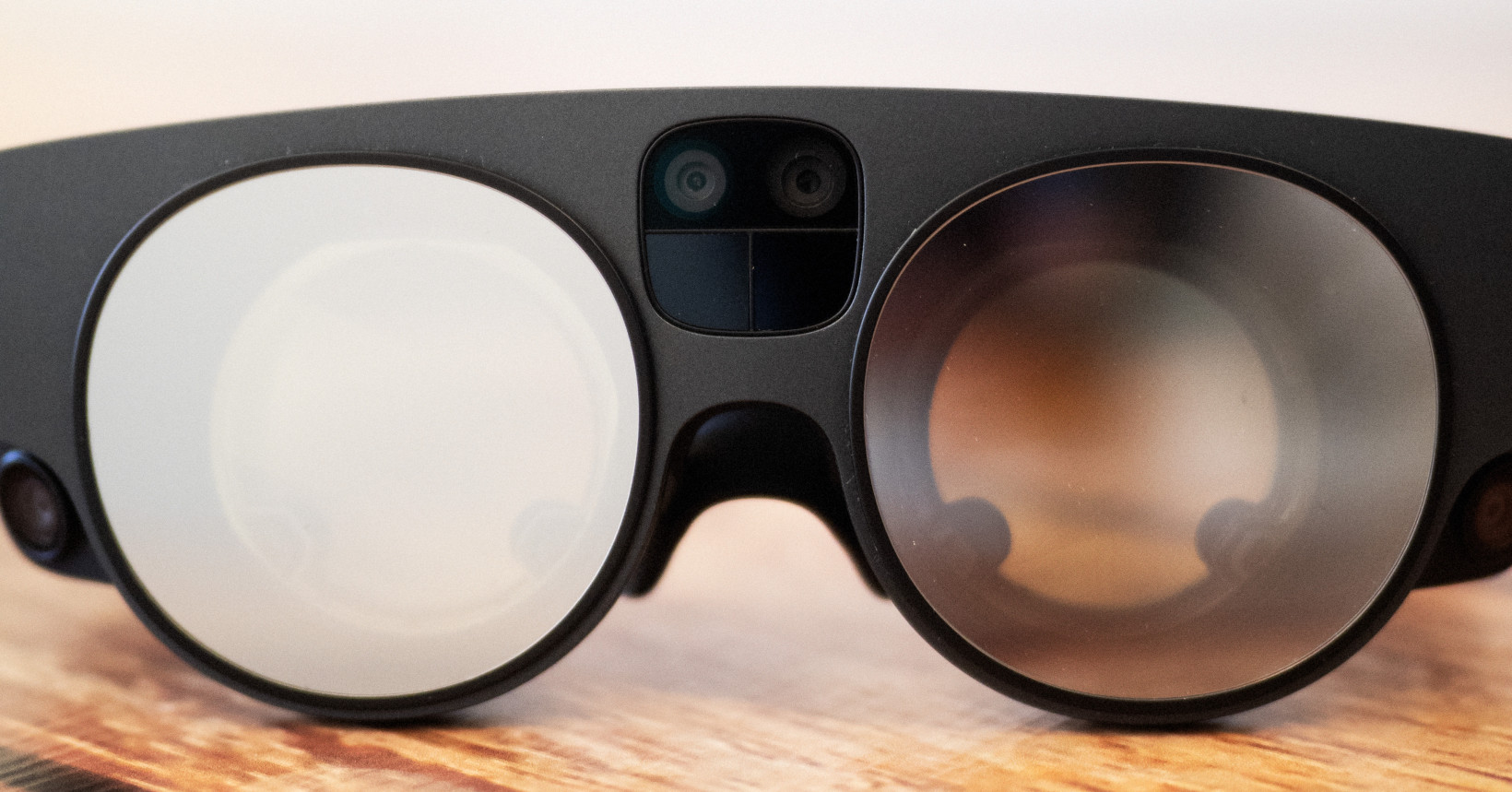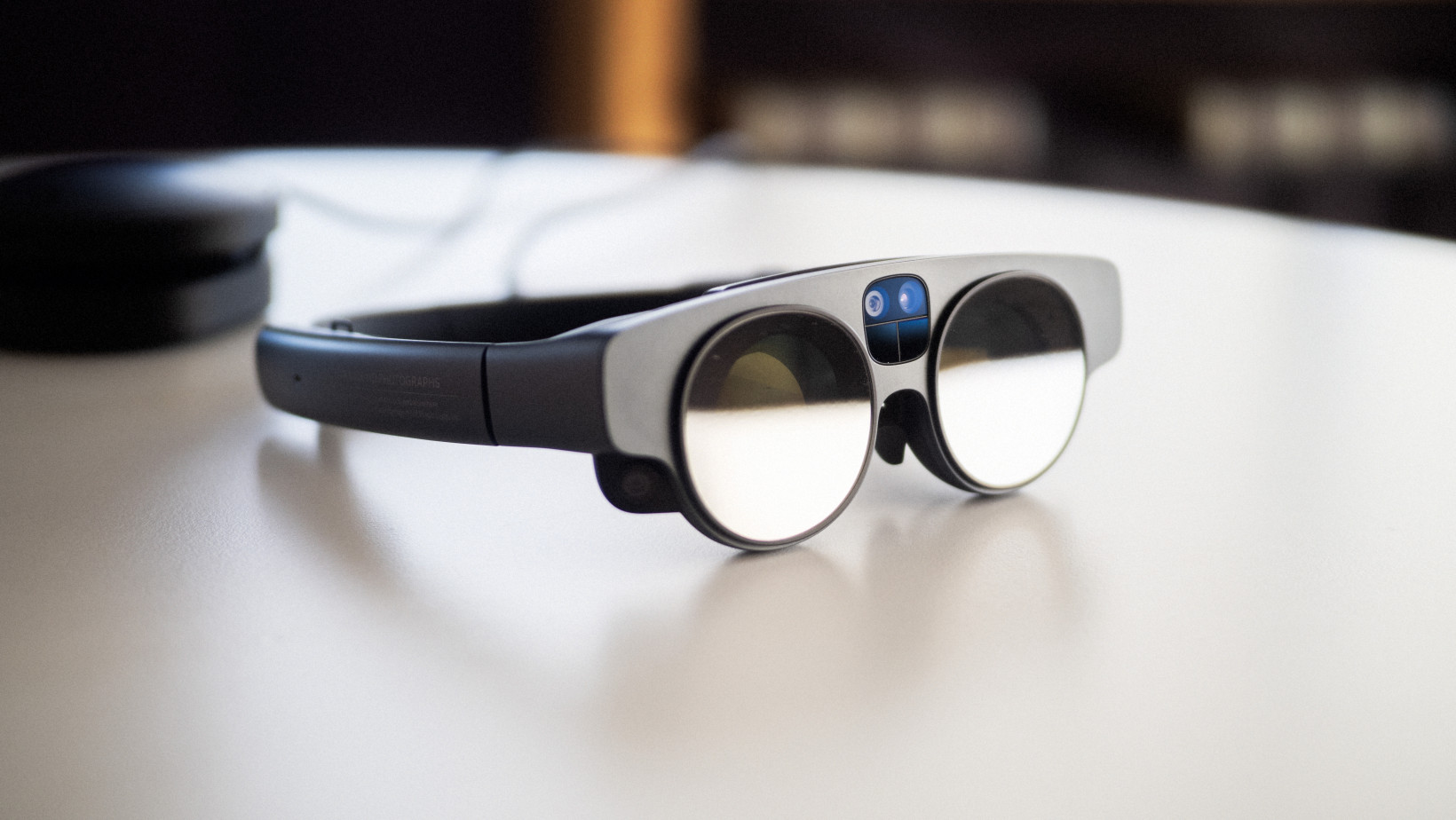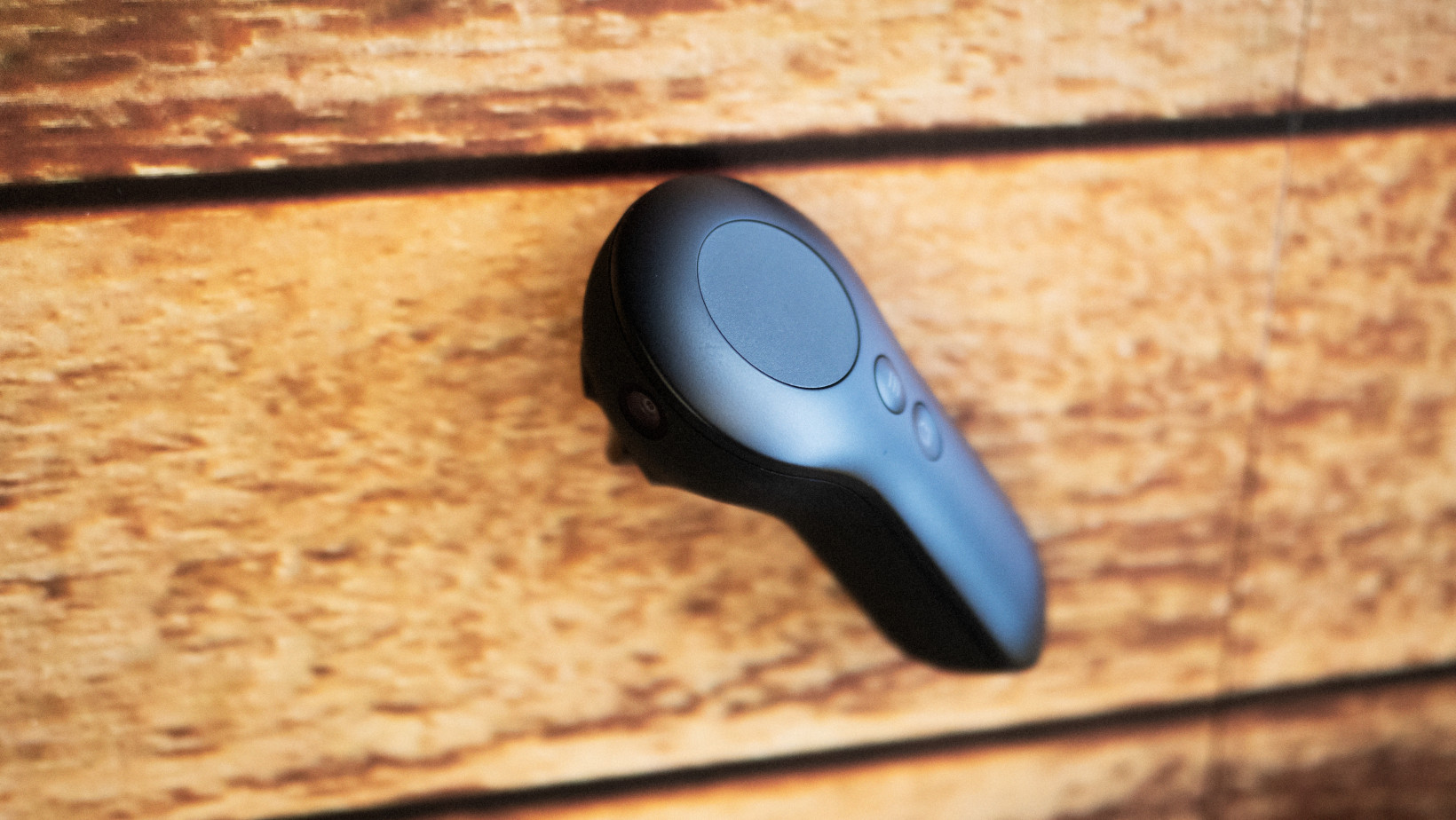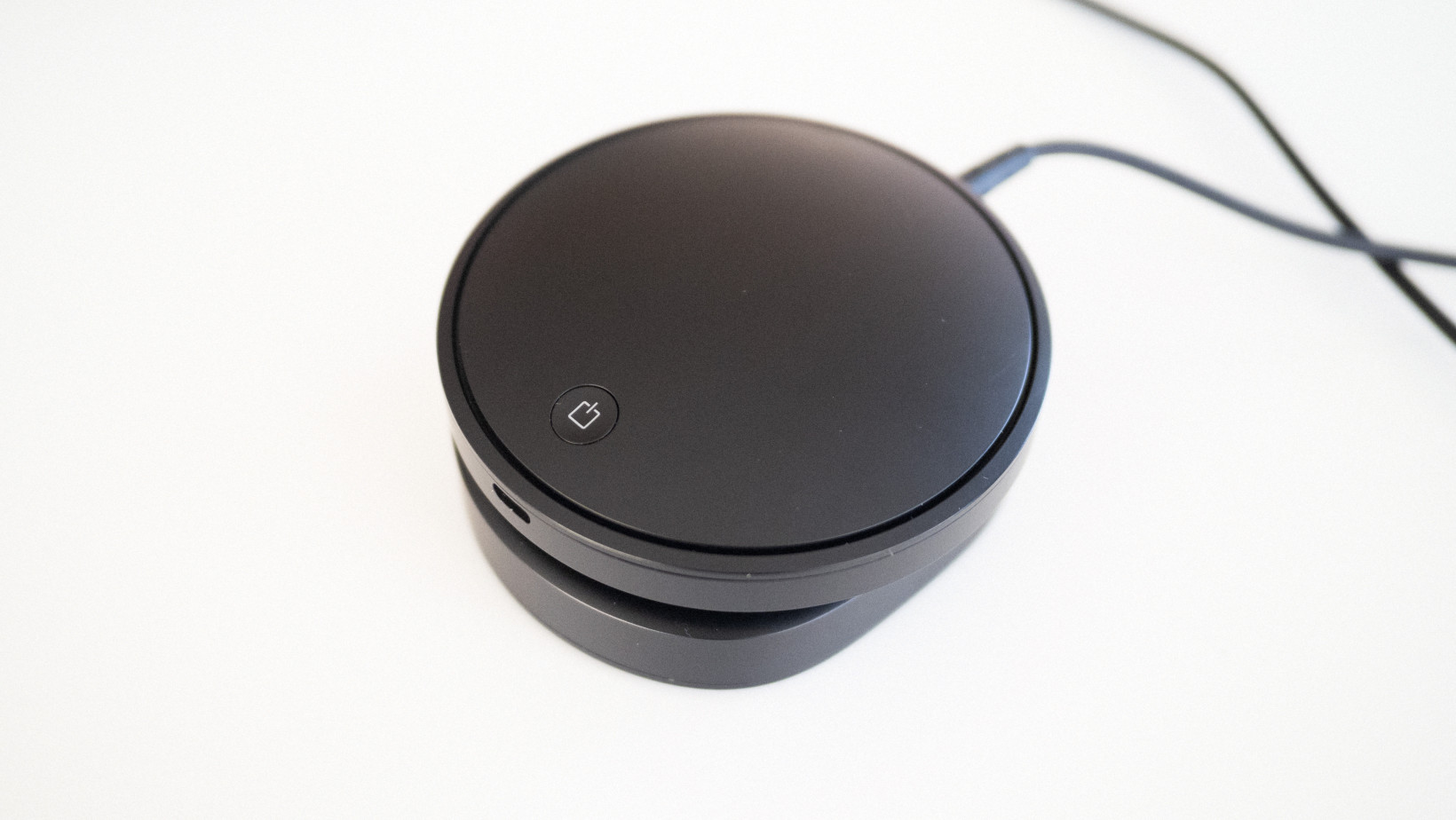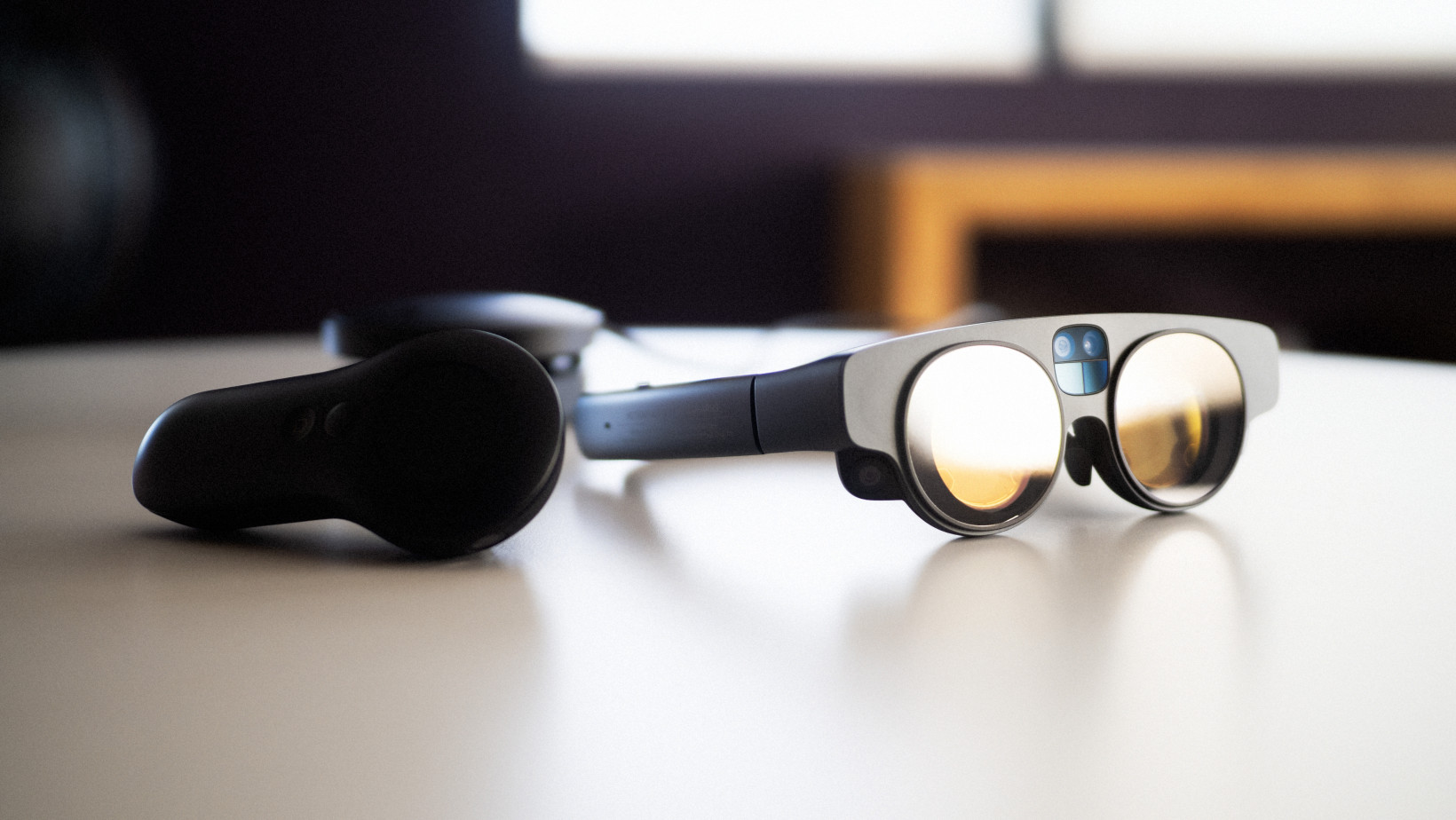The term, a conceptual catch-all of interconnected virtual spaces, has surged in the cultural zeitgeist since Facebook changed its name to Meta. Once simply the domain of gamers and niche commercial applications, a mainstream embrace of extended reality seems practically inevitable. The immediate problem with this future — whether you’re excited, apprehensive, or otherwise — is that current extended reality (XR) hardware just isn’t ready for the metaverse. Not for mainstream consumers, anyway. The requisite headsets are too expensive, too bulky, or simply not good enough. The Magic Leap 2, which I recently tested in a brief curated demonstration, isn’t quite ready for mainstream consumers either. Although the headset is poised to launch publicly later this year, you won’t spot people wearing it to brunch and taking holographic photos of their avocado toast. But — god help us all — that future might not be so far away after all. The Magic Leap 2 enticingly blurs the line between AR and VR with hardware that makes a better case for the metaverse than any singular device I’ve used to date. Perhaps more importantly, the Magic Leap 2 is the first time I’ve used an XR device and thought: this is something I would actually want to use. Compared to the competition (HoloLens 2 being its most obvious rival), it feels less like a proof-of-concept, and more like a practical tool.
Magic Leap CEO Peggy Johnson is big on practicality. Joining the company in late 2020 — after Magic Leap One’s tumultuous and premature consumer launch — Johnson helped pivot the company to focus narrowly on clearly defined enterprise applications. And I do mean narrow. Johnson says Magic Leap has zoned in on four industries: healthcare, manufacturing, defense, and the public sector. She states these “are the sectors that have already realized our ‘why’ on engaging with AR.” They require less habituation, too; surgeons and soldiers are already used to wearing bulky gear on their heads. Despite the buzz around the metaverse and XR devices right now, Johnson avoided overselling the Magic Leap 2’s capabilities and stayed refreshingly focused on its current and expected applications. Mostly, Johnson let the device speak for itself. You’ll have to forgive my puns, but the headset makes two significant technological leaps that feel a little bit like, you know, magic. (You’ll also have to bear with me as I try to put in words things that can’t readily be photographed).
The first leap is a massive field of view — at least by AR standards. If you haven’t used an AR headset before, this might not seem like a big deal, but most of them have an absolutely tiny projected field of view (FOV). We’re talking much smaller than a typical VR headset, let alone your full eyesight. Here’s a little exercise for you. Curl your index finger against your thumb, leaving an opening about the size of a dime. Look through that hole to get a rough impression of the FOV on Microsoft’s HoloLens 2 and the Magic Leap One. And those were the best on the market. The Magic Leap 2 has doubled the field of view compared to those devices. Somewhat surprisingly, this expansion primarily comes from added height, yielding a vertical aspect ratio. Johnson says this decision comes directly from feedback. In one example, doctors training for surgeries wanted to see what was happening around their hands without having to move their heads up and down all the time. The relatively large field of view isn’t an unexpected upgrade, but the improvement compared to other AR devices is dramatic. For me at least, it’s what makes the Magic Leap 2 cross into the threshold of practicality.
Another demonstration showed how emergency responders could use the Magic Leap to track wildfires by projecting a 3D map onto a table. 3D holographic maps are the stuff of sci-fi cliche, and I’ve seen similar demos with HoloLens 2 before. But on the Magic Leap 2’s larger FOV, it felt less like a cool demo and more like something that would actually be more useful than a 2D screen. This was driven home by the Magic Leap 2’s ability to crop the image to the size of competing AR glasses. The experience wasn’t close. On most AR headsets, you need to really be invested in the AR aspect to deal with such a small FOV. The Magic Leap 2’s image is comparatively massive, allowing you to absorb a fuller picture of virtual scenes, rather than piecing it together from smaller impressions. I imagine the difference would be akin to trying to write an essay on your phone versus a proper laptop. The image does fade out more noticeably in the horizontal domain, but here Magic Leap takes advantage of spatial audio with its built-in speakers to provide directional cues for objects or avatars outside your field of view. As welcome as the larger FOV is, it was also to be expected nearly four years after the original. But it’s the Magic Leap 2’s ambient dimming feature that really sets it apart — and which made me rethink how I define AR and VR (it’s a spectrum). AR headset projections normally “add” light to your surroundings (think of the ‘screen’ blend mode in Photoshop). That also makes them hard to use in bright environments. The Magic Leap 2 normally operates this way too, but it can also selectively darken parts of your field of view. I was not prepared for just how effective Magic Leap 2’s dimming was. Once activated, it was almost as if someone had flicked off the lights, leaving only the projected 3D wildfire map in front of me.
Once again, Johnson suggested doctors inspired the feature: As someone who tends to focus best in the dark of the night with all the lights turned off, I can definitely relate. It’s also easy to see how AR and VR are bridged by the dimming feature, which can be activated at various levels of intensity. You can go from being fully aware of your surroundings to being almost entirely immersed in a virtual world in seconds. Moreover, dimming can also be activated selectively in your field of view. Instead of darkening your surroundings, objects can be made partially opaque, making it feel more like you’re looking at a solid object, than a bright Star Wars-like hologram. At the risk of overselling the Magic Leap 2 myself, I should point out it’s not quite life-like yet — the dimming only seems to work in a few ‘zones,’ and the images still have that typical AR glow. The glasses do dim your environment by default to accommodate all those optics, and AR technology just isn’t at a point where color accuracy and overall image quality can match VR, let alone the displays on our 2D devices. There are also some inconveniences to deal with. The headset itself is surprisingly light and small, but that’s because it’s tethered to a ‘lightpack’ console that houses the brains of the unit. This gets tucked in a pocket or can latch onto your pants and stays mostly out of the way — but it’s still a little awkward. Then again, that’s partially why it’s not aimed at consumers. Magic Leap seems to recognize that these small quality-of-life issues require a contingent of professionals who are committed to putting up with a few hurdles to get stuff done more effectively.
Still, I do mostly write about consumer gadgets, so I couldn’t help but wonder whether Facebook’s rebranding and the renewed conversation around the metaverse had nudged Magic Leap’s trajectory slightly away from enterprise markets. Johnson’s response was unyielding. “It has not changed our direction at all. We are super focused on what we’re doing.” That’s not to say Magic Leap doesn’t consider itself a player in the metaverse. “You can think of us as an enabler of the metaverse. [The Magic Leap 2] is the window through which you can see [it],” says Johnson. The CEO noted how Meta’s presence in the VR space has centered the conversation around virtual reality (cutesy legless avatars and all). But for Magic Leap, it’s AR that holds the true promise of the metaverse. With AR “you are in your world” — and that’s where Magic Leap believes its success will lie.
